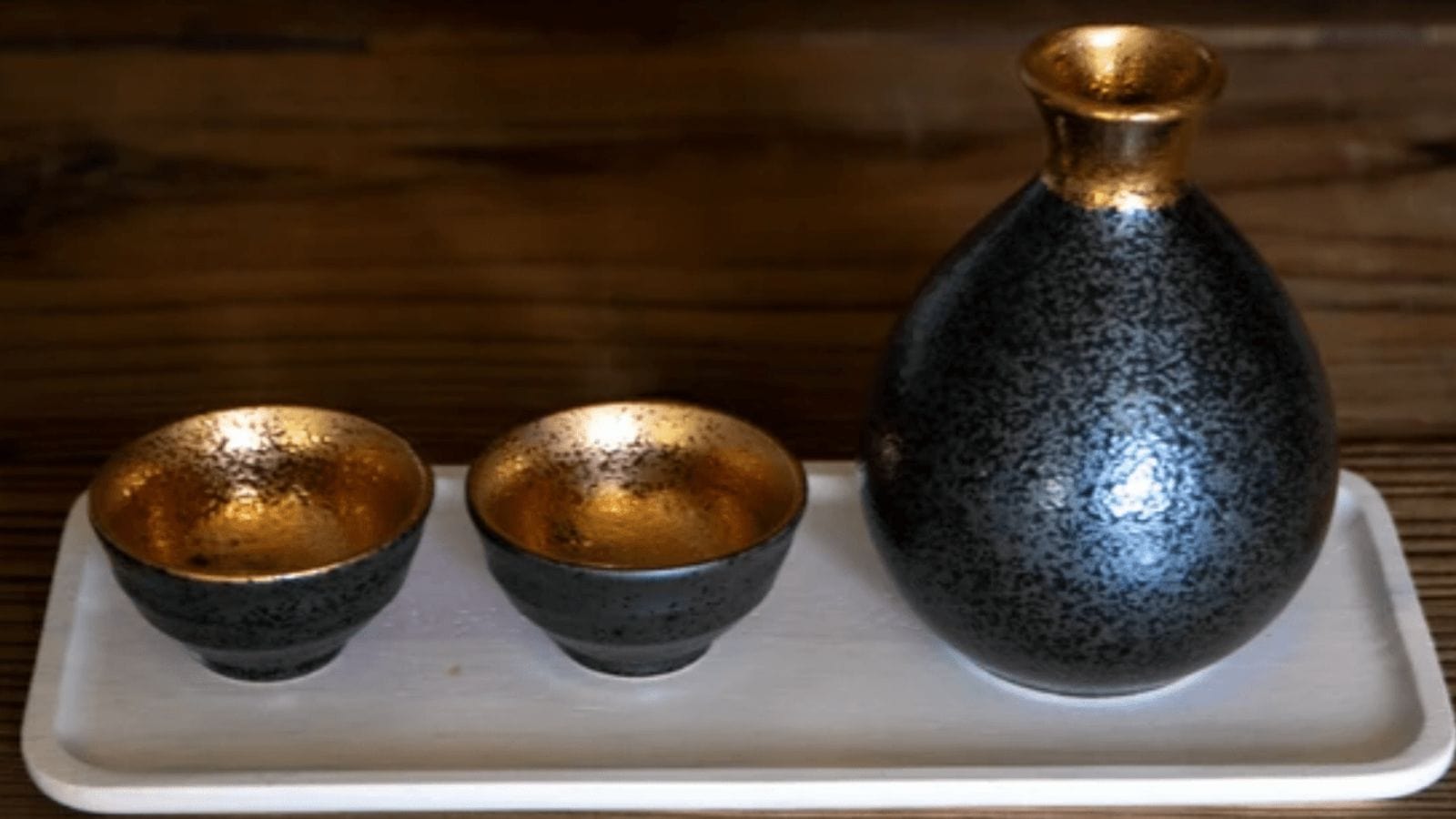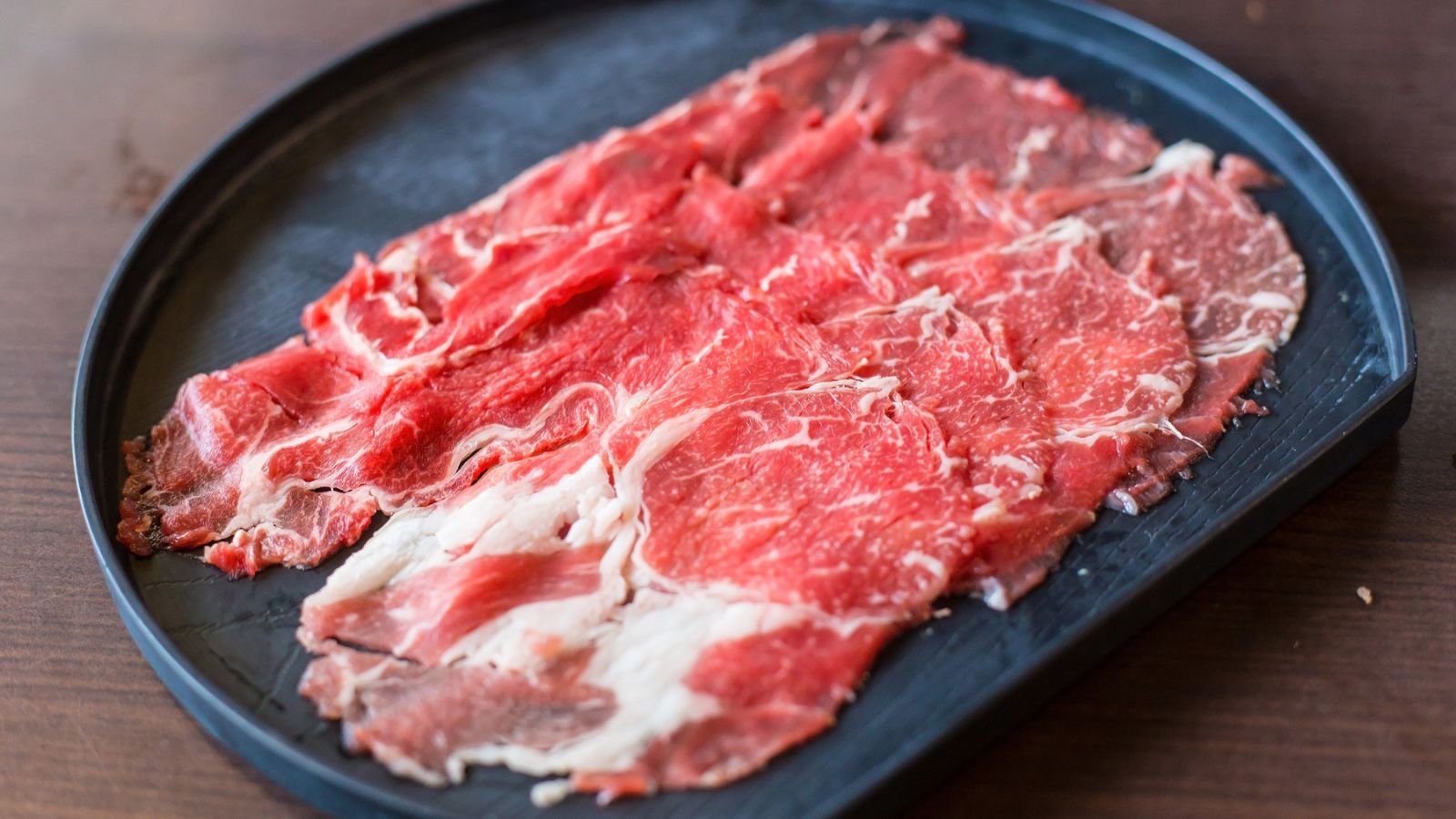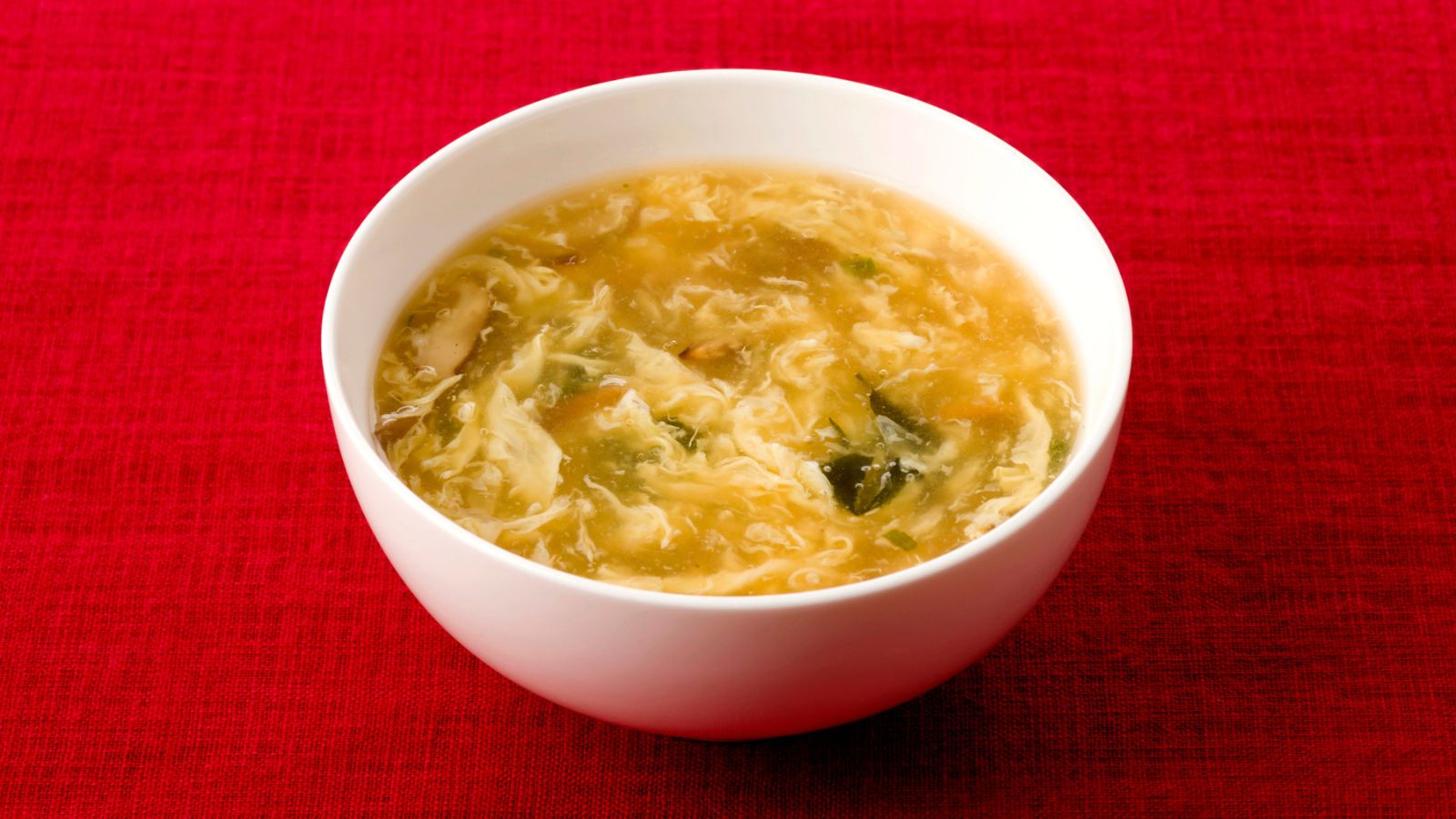Understanding the Safety, Standards, and Options for Lead-Free Ceramics
Japanese pottery is world renowned for its craftsmanship and cultural significance. But for health conscious consumers, one question often arises: Does Japanese pottery contain lead?
In this article, we’ll explore what you need to know about lead in ceramics, the safety regulations governing Japanese pottery, and how to choose safe, lead-free alternatives for everyday use.
Take a look at our lead free Japanese Pottery available at Myjapaneseworld.com!

Lead in Pottery: Why It Matters
Lead has historically been used in ceramic glazes to create vibrant colors and glossy finishes. However, when pottery containing lead is improperly fired or used for acidic foods and hot liquids, lead can leach into food and drink posing significant health risks.
Health risks of lead exposure from pottery include:
- Damage to the nervous system
- Developmental delays in children
- Fertility issues
- High blood pressure and kidney damage in adults
These risks are heightened when using pottery that is cracked, chipped, or not food-safe certified.
Does Japanese Pottery Contain Lead?
Traditionally, some older or antique Japanese ceramics especially those with brightly colored glazes or decorative purposes may contain lead or cadmium which is another potentially harmful substance.
However, modern Japanese pottery intended for food and beverage use is generally made with lead-free glazes that meet strict safety standards. Contemporary artisans and reputable kiln producers take great care in using materials that comply with international food safety guidelines.

Safety Standards for Japanese Pottery
Japanese pottery intended for export and domestic use must comply with strict safety and manufacturing regulations these include:
- Japan Food Sanitation Act: Prohibits harmful substances in food-contact materials
- EU and U.S. import standards: Ensures safe use in global markets
- Voluntary glaze testing by many artisans and brands
Most modern Japanese tableware undergoes testing to ensure it is lead and cadmium free.
How to Test Pottery for Lead
If you’re unsure about a particular piece especially if it’s older or unlabeled you can always:
- Use a home lead test kit
- Send the piece to a certified testing lab
- Check for clear labeling like “lead-free glaze” or “food-safe”
As a rule of thumb avoid using chipped, cracked, or antique pottery for food or drink just to be safe.

Lead-Free Alternatives from Japan
Japan is home to countless pottery traditions that now emphasize natural, non-toxic materials. Styles like Mino-yaki, Shino, Karatsu, and Raku are commonly produced with safe, lead-free glazes.
These pieces are not only beautiful, but they also reflect the Japanese philosophy of wabi-sabi finding beauty in simplicity and imperfection.
At My Japanese World, we proudly curate a collection of authentic Japanese tableware made by skilled artisans using lead-free glazes and food-safe finishes.
Conclusion: Beauty Without Compromise
While some antique Japanese pottery may contain lead, modern artisan ceramics from Japan are generally safe for everyday use.
Frequently Asked Questions
Is lead still used in Japanese pottery today?
No, modern Japanese pottery intended for food use typically uses lead-free glazes and complies with strict safety standards. However, antique or decorative pieces may still contain lead.
How can I tell if my pottery has lead?
You can check for food-safe labels, use a home lead test kit, or send the piece to a certified lab. Generally avoid using damaged or unmarked pottery for food or drink.
Is it safe to use vintage Japanese pottery?
Vintage pieces may contain lead, especially if they were made before modern regulations. So if you are unsure, display them decoratively rather than using them for food or beverages.
What are safer alternatives to lead-containing pottery?
Look for modern Japanese ceramics labeled as food-safe and lead-free. Styles like Mino-yaki, Shino, and Karatsu are widely available in safe, artisan-made versions.
Where can I buy lead-free Japanese pottery?
Check out MyJapaneseWorld.com for a wonderful selection of safe, authentic Japanese pottery made by skilled artisans.





Share: